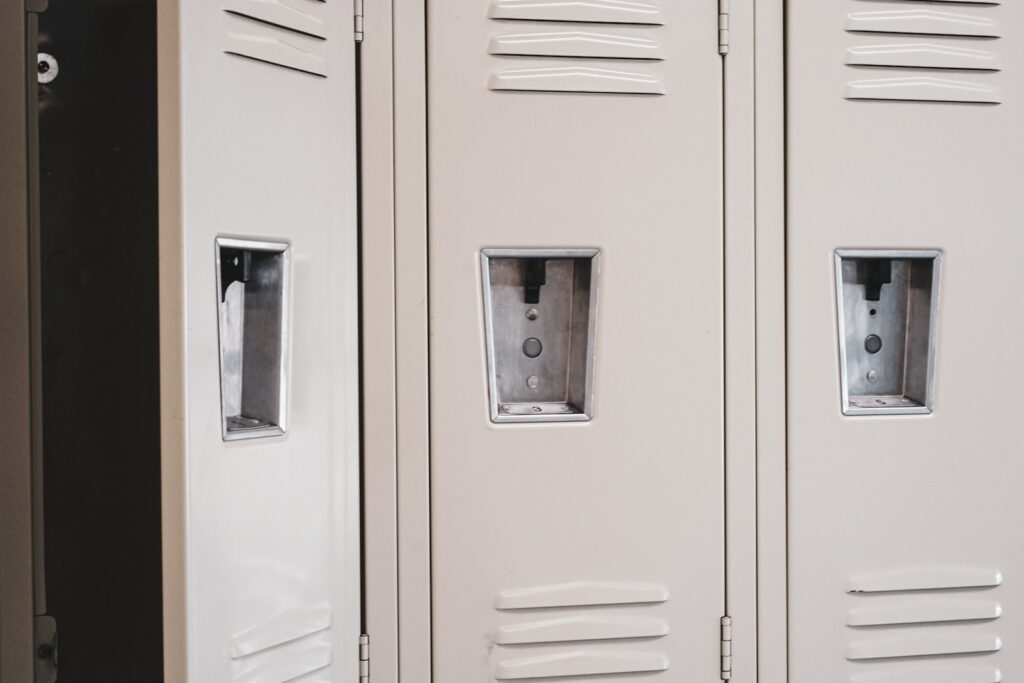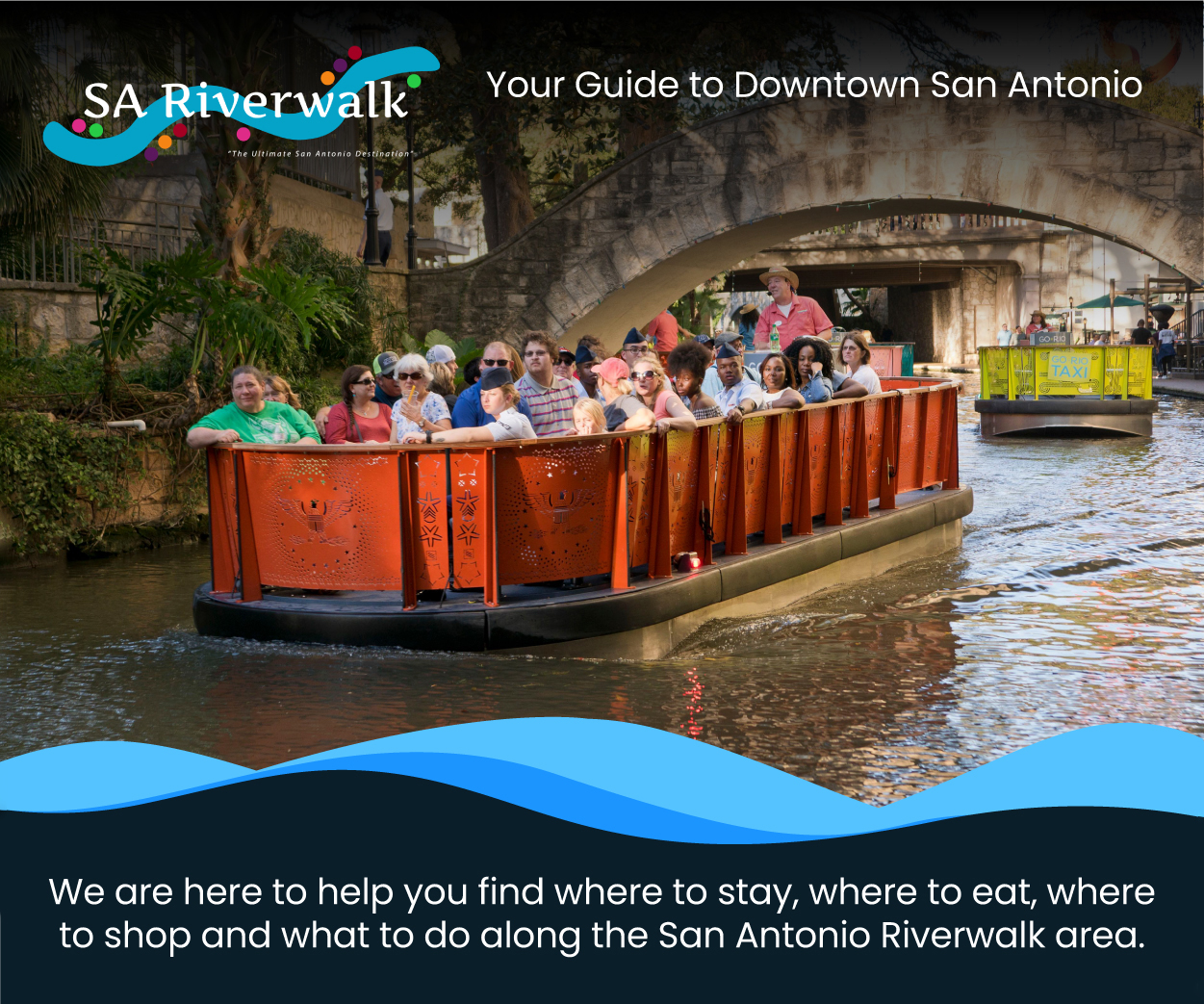This post was originally published on this site

In today’s fast-paced and ever-evolving world, the safety of students in private schools has become an increasingly important concern for parents, educators, and administrators. Ensuring a secure learning environment requires a comprehensive understanding of numerous safety protocols, from emergency preparedness to violence prevention. Private schools, known for their commitment to offering high-quality education, strive to meet and surpass safety expectations to protect their students and create a nurturing atmosphere conducive to academic success.
Safety protocols in private schools encompass various aspects, such as the role of educators and administrators in fostering a secure setting for their students. Teachers and school staff work together to enforce guidelines, participate in regular safety training, and prioritize open communication to efficiently address concerns. Additionally, private schools collaborate with law enforcement, parents, and caregivers to create a cohesive community dedicated to the well-being of each student.
As global circumstances continue to evolve, private schools have adapted to incorporate new safety measures, such as those related to the Covid-19 pandemic. Balancing in-person instruction with the need to maintain healthy environments is one of the many challenges schools currently face in their ongoing pursuit of student safety.
Key Takeaways
- Comprehensive safety protocols are essential in creating secure learning environments in private schools.
- Collaboration among educators, administrators, law enforcement, and parents is crucial for student well-being.
- Private schools continue to adapt their safety measures in response to ongoing global changes, such as the Covid-19 pandemic.
Understanding Safety Protocols
Safety protocols play a crucial role in establishing a secure learning environment for students, staff, and visitors at private schools. These comprehensive plans usually take into account potential situations that require quick and effective responses to ensure minimal harm or disruption to the school community. In this section, we will discuss various safety measures and security measures implemented in private schools.
Implementing strict security measures on campus is one of the fundamental aspects of school safety. Access control systems, such as gates, security cameras, and identification checks, help monitor, manage, and limit individuals entering or leaving school premises. This controlled access approach not only deters unauthorized visitors but also creates a safer environment for students and staff.
In addition to campus security, private schools develop safety measures that address potential emergencies. These may include lockdown drills, evacuation plans, and crisis response procedures. Regular practice and communication of these emergency protocols help students and staff understand their roles and responsibilities in unexpected situations, ultimately improving the overall safety of the school.
Moreover, private schools often collaborate with local law enforcement and first responders to develop and assess their safety plans. These partnerships enable the schools to benefit from professional advice and support in tailoring their protocols to the unique needs of their communities, as well as staying compliant with school safety legislation.
Along with physical safety, emotional well-being is an essential aspect of school safety considered by private schools. They invest in developing a positive and supportive school climate, which involves combating bullying, harassment, and other forms of mental and emotional harm. By establishing safe and inclusive learning environments, private schools contribute to the overall development and well-being of their students.
In conclusion, private schools today implement various safety protocols to create secure learning environments for their students. Balancing physical security measures, emergency response planning, and emotional well-being, private schools strive to provide a well-rounded safety strategy.
Private Schools and Safety Measures
Private schools have made significant strides in implementing safety measures and protocols to ensure the well-being of their students. The primary focus of any K-12 school is to provide a secure and nurturing environment for learning. This is of utmost importance in private schools, where parents often have higher expectations for safety.
An integral part of many private schools’ security plans is the use of security cameras to monitor school grounds. These cameras can provide round-the-clock surveillance, capturing any suspicious activity and allowing administrators to respond promptly. Additionally, schools may also use access control systems at important entry points, ensuring that only authorized individuals can enter the premises. This is particularly relevant for exterior doors, which could otherwise be vulnerable to unauthorized access.
In addition to physical security measures, private schools often invest in training for staff and students. These training programs typically cover emergency preparedness, lockdown procedures, and active shooter situations. This ensures that everyone in the school community knows how to respond effectively during a crisis.
Moreover, private schools may work closely with local law enforcement agencies to establish a strong relationship and create a comprehensive safety plan tailored to the school’s needs. This partnership can greatly enhance the school’s security, as law enforcement can provide valuable expertise and resources during emergencies.
Overall, private schools have made commendable efforts to establish effective safety protocols to keep their students secure. With a combination of security cameras, access control systems, comprehensive training, and law enforcement partnerships, these schools continue to prioritize the safety of their students, staff, and communities.
Role of Educators and Administrators
Teachers and Staff
Educators and staff members play a significant role in maintaining safety protocols at private schools. Teachers are responsible for holding every student’s data in confidence and sharing it only with necessary parties such as parents and other faculty members. Additionally, they are expected to create a safe learning environment by establishing classroom rules, monitoring student behavior, and addressing incidents of bullying or harassment.
Regular safety training is essential for teachers and staff. This training enables them to handle emergencies, such as natural disasters, accidents, or security threats, efficiently and confidently. Active participation in these training sessions contributes to overall school safety and ensures the well-being of students and staff alike.
Principals and Administrators
Principals and administrators are key figures in implementing and enforcing safety protocols in private schools. They serve as the primary safety officers, responsible for creating a sense of security by establishing policies and procedures. This includes designing emergency drills, coordinating with local law enforcement, and acquiring necessary resources and technology to enhance school safety.
Administrators collaborate with teachers and staff to develop a comprehensive safety plan that addresses various aspects, such as building security, access control, and visitor policies. Regular audits of safety protocols and practices enable the school to identify potential risks and make appropriate improvements. Ultimately, the combined efforts of educators, administrators, and other school personnel create a safe learning environment that allows students to thrive.
Emergency Preparedness
Training Sessions
Private schools recognize the importance of safety and security for their students. As a result, they conduct regular training sessions for staff and students to ensure preparedness during emergency situations. These training sessions cover various topics such as first aid, evacuation procedures, and response to an active shooter. By providing consistent training, schools equip their community with the knowledge and skills necessary to respond effectively in case of an emergency.
Emergency Protocols
In addition to training sessions, private schools implement emergency protocols that address various scenarios. Some of these protocols include:
- Lockdowns: In cases of threats within the school premises, such as an active shooter, schools employ lockdown procedures to protect students and staff by securing classrooms, turning off lights, and remaining silent until the threat is neutralized.
- Evacuations: Schools establish clear evacuation procedures to ensure the safe and efficient exit of students and staff in events like fires or natural disasters. These procedures involve designated assembly areas and exit routes that are regularly practiced during drills.
- Parent-Student Reunification: In the aftermath of an emergency, schools implement parent-student reunification procedures to safely return students to their families. Communication methods and reunification locations are pre-established to streamline the process during high-stress situations.
Private schools continuously evaluate and update their safety plans to adapt to emerging threats and ensure the most effective response. Overall, these efforts demonstrate their commitment to maintaining a secure learning environment for their students.
Law Enforcement Involvement
In today’s private schools, safety is a top priority and one essential aspect of maintaining a secure learning environment is the involvement of law enforcement. Many schools collaborate with local law enforcement agencies to provide protection and support for students, faculty, and staff.
A common method for ensuring safety in private schools is the inclusion of school resource officers (SROs). These officers are typically members of local law enforcement who are specially trained to work in an educational setting. Their presence offers a direct line of communication between the school and law enforcement authorities, enabling quick response to incidents and effective prevention strategies.
School resource officers play various roles in private schools, including patrolling school premises, monitoring high-risk areas, and engaging with students to provide support when needed. They often participate in the development and implementation of comprehensive school safety plans and work closely with administrators, teachers, and parents to create a safe school climate.
In addition to school resource officers, some private schools may also rely on outside security personnel to maintain the overall security of the school. These individuals often have backgrounds in law enforcement or military service and are well-equipped to safeguard students and staff against potential threats.
To ensure a successful partnership between law enforcement and private schools, regular communication and cooperation between both parties are crucial. By establishing a strong relationship, schools can receive ongoing assistance from law enforcement professionals in the form of training, support, and timely intervention during emergency situations.
Overall, the involvement of law enforcement in private school safety protocols is a valuable resource that helps protect students, faculty, and staff while promoting a positive and secure learning environment.
Parents and Caregivers Involvement
In today’s private schools, it is crucial for parents and caregivers to be actively involved in the implementation and maintenance of safety protocols. By participating in the process, they can help create a secure environment for their children to learn and grow.
One of the ways parents and caregivers can support safety protocols is by attending school meetings and events where they can learn about the school’s safety procedures and even provide suggestions to enhance them. It is essential for them to be familiar with the school’s emergency and communication plans, which can be found on their respective websites. This includes understanding what actions to take in case of incidents such as a lockdown or an evacuation.
Another significant aspect of parents and caregivers involvement is to act as role models in promoting a culture of safety within the school campus. This means adhering to school policies, such as refraining from using social media irresponsibly or following rules around visitor access. Additionally, they can assist in monitoring and reporting any suspicious activities or potential risks they notice around the school premises.
Furthermore, parents and caregivers should be proactive in maintaining open lines of communication with their children. By discussing safety concerns, addressing potential issues, and encouraging their children to report any instances of bullying, harassment, or violence, they can foster a safe and supportive school environment.
Establishing a strong collaboration between private schools, parents, and caregivers would ensure that safety protocols are effectively put into place and consistently practiced. This united effort not only enhances safety measures but also helps to create a nurturing and secure atmosphere where students can thrive.
Safety in Light of Covid-19
Covid-19 Prevention
Private schools have implemented a range of protocols to ensure student and staff safety during the pandemic. One essential component of these measures is regular Covid-19 testing to identify and isolate infected individuals quickly. Many private schools conduct routine testing on a weekly or biweekly basis.
In addition to testing, the use of masks has become a crucial aspect of safety protocols. Schools often require staff and students to wear face coverings to mitigate the transmission of Covid-19. Furthermore, schools have adopted new strategies to maintain physical distancing, such as staggered schedules or modified classroom layouts.
Improved ventilation and the installation of high-quality air filters have become priorities in many private schools. By increasing the circulation of fresh air and reducing the presence of airborne particles, these precautions contribute to a safer learning environment.
Covid-19 Vaccination
Many private schools have taken steps to ensure the availability and accessibility of the Covid-19 vaccination for eligible staff and students. These schools often collaborate with local health authorities to establish vaccination clinics on campus or coordinate with nearby healthcare facilities.
To create a more secure environment, some private schools have made Covid-19 vaccinations mandatory for students and staff, with exceptions based on medical or religious grounds. By encouraging widespread immunization, these schools aim to foster a safer and healthier community where in-person learning can continue.
Implementing comprehensive Covid-19 prevention strategies and promoting vaccination uptake have proved vital in maintaining a safe environment in private schools. These measures help protect the well-being of students, staff, and families as the world navigates the ongoing challenges presented by the pandemic.
Violence Prevention and Threat Assessment
Private schools today are making concerted efforts to implement safety protocols for violence prevention and threat assessment. These schools strive to ensure the well-being of their students, staff, and faculty by creating a safe learning environment.
One crucial aspect of violence prevention is the formation of threat assessment teams. These teams typically consist of faculty, staff, administrators, coaches, and other relevant members of the school community. Their primary role is to identify potential threats and take necessary action to mitigate them. Through regular communication and coordination, threat assessment teams can effectively address concerns related to safety at private schools.
Implementing evidence-based practices is essential for preventing acts of violence in schools. This approach not only identifies areas that need attention but also ensures that the measures taken are aligned with the latest findings on school safety. Some schools may choose to follow guidelines provided by the Department of Education or other entities that specialize in school safety protocols.
Assessing threats involves evaluating various factors that could lead to violence, such as mental health indicators, social interactions, and past incidents. Schools may use tools like the ASV system, which systematically collects and analyzes incidents of averted or carried out school violence. This system provides a platform to facilitate information sharing among institutions and helps develop more effective strategies for violence prevention.
Another key aspect of violence prevention is fostering a safe school climate. To achieve this, private schools invest in programs that promote inclusivity and respect for diversity among students. Additionally, schools provide guidance and counseling services to address psychological and emotional needs. Access to these resources allows students to express their concerns and receive appropriate support, thereby reducing the chances of violent incidents.
In conclusion, understanding safety protocols in private schools is essential for parents and educators alike. With effective violence prevention measures and comprehensive threat assessment practices in place, private schools can ensure a safe and supportive atmosphere for students to thrive.
Location and Facility Safety
Private schools are investing in safety measures to create a secure environment for their students. Two important factors that contribute to school safety are location and facilities.
Firstly, the location of a private school plays a significant role in ensuring a safe environment for students. Schools are often situated in well-planned, low-crime areas, which contributes to overall security. Additionally, many private schools have controlled access to their campuses, with entrances and exits monitored to prevent unauthorized individuals from entering the premises.
Secondly, the facilities at private institutions are designed with safety in mind. Schools incorporate various security features, such as surveillance cameras, secure fencing, and advanced locking systems to protect students and staff. The buildings and classrooms are built to withstand adverse weather conditions and natural disasters, ensuring a safe and comfortable learning space.
To further enhance safety, private schools conduct regular safety drills to prepare students and staff for emergencies. They also implement strict guidelines regarding visitor access, visitor identification, and staff background checks.
Moreover, safety and security measures are regularly reviewed and updated to cater to changing needs and adhere to best practices. Many private schools work closely with local law enforcement and emergency services to ensure a well-coordinated response to any incident that may occur on campus.
In conclusion, the safety protocols within private schools are adjusted according to the specific needs of each school and are underscored by an emphasis on features such as location and facility security. With these measures in place, students and staff can focus on learning in a secure and nurturing environment.
Country, State and Local Regulations
Private schools in the United States are subject to regulations primarily at the state and local levels, with some policies influenced by federal legislation. Most regulations focus on ensuring the health and safety of students, faculty, and staff. Differences in specific requirements may exist depending on the state or local jurisdiction overseeing private educational institutions.
In general, state and local governments require private schools to comply with building codes, zoning requirements, and fire safety measures. These regulations ensure that the facilities are structurally safe and meet standards for student occupancy. School officials have the responsibility of maintaining compliance and responding to regulatory updates. Further information about compliance in your area can be found through the Department of Education.
Many private schools adopt safety practices and procedures similar to those implemented in public schools, such as the School Survey on Crime and Safety (SSOCS). This national survey collects data on the extent and effectiveness of various safety measures employed by educational institutions. The National Center for Education Statistics provides detailed information on this subject.
As the global COVID-19 pandemic has shown, health and safety protocols can evolve rapidly and necessitate swift responses from schools. The United Nations Educational, Scientific, and Cultural Organization (UNESCO) released a report of good practices and lessons learned in school health and safety protocols during the pandemic. Schools worldwide have generally implemented similar measures; however, variations may arise based on regional requirements and approaches. You can learn more about pandemic-related safety protocols from the UNESCO Digital Library.
In conclusion, when considering the safety protocols of today’s private schools, it is essential to be aware of the regulations imposed by local, state, and federal authorities. These regulations work to ensure the safety of students, teachers, and staff and demonstrate an ongoing commitment to providing a secure and healthy learning environment.




